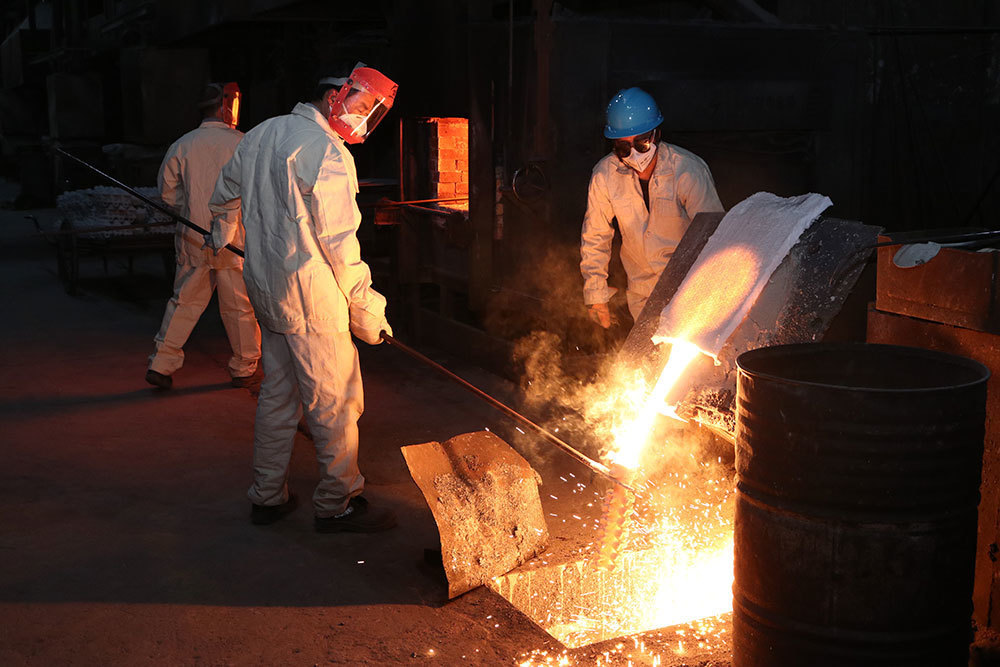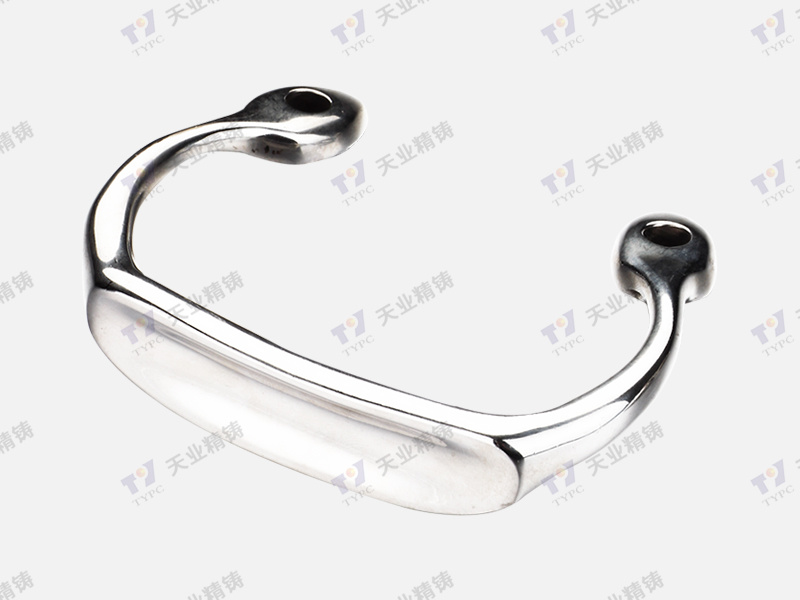2025-05-08
Understanding Auto Parts Exhaust Cycle Castings: A Comprehensive Overview
When we talk about "auto parts exhaust cycle castings," we refer to a specialized segment within the manufacturing industry that involves creating components specifically designed for exhaust systems in vehicles. These castings are crucial for ensuring optimal performance, durability, and efficiency in automotive applications. The process of creating these parts typically involves melting metal and pouring it into molds to achieve the desired shape and finish.
The materials commonly used for exhaust cycle castings include various alloys of iron, steel, and aluminum, chosen for their ability to withstand high temperatures and corrosive environments. The choice of material significantly impacts the performance and longevity of the exhaust components, making the casting process a vital aspect of manufacturing high-quality auto parts.
One of the key advantages of utilizing castings in auto parts is the ability to produce complex shapes that would be challenging or impossible to achieve through other manufacturing methods. This complexity is particularly beneficial in exhaust system design, where efficient flow dynamics and heat resistance are paramount. Additionally, the casting process allows for greater material utilization, thereby reducing waste and contributing to more sustainable manufacturing practices.
In the automotive sector, exhaust systems face demanding conditions, including exposure to extreme temperatures, vibrations, and corrosive gases. Consequently, components made from high-quality exhaust cycle castings are engineered to mitigate these challenges. The design and material selection for these parts not only enhance performance but also improve emissions control, which is increasingly important in today's environmentally conscious marketplace.
Another critical aspect of exhaust cycle castings is the role they play in noise reduction. Modern vehicles are designed to offer a quiet and comfortable ride, and the quality of the exhaust components can significantly influence noise levels. Properly designed and manufactured castings can help dampen sound frequencies, contributing to a more pleasant driving experience.
Moreover, advancements in technology have facilitated new innovations in the casting process, such as the implementation of computer numerical control (CNC) machining and 3D printing. These technologies allow for more precise production, faster turnaround times, and the ability to create prototypes for testing before full-scale production.
In summary, auto parts exhaust cycle castings are an essential component within the automotive industry, playing a critical role in performance, durability, and environmental compliance. Understanding the intricacies of this process equips manufacturers and buyers alike with the knowledge necessary to make informed decisions regarding the selection and application of these components. Whether aiming for improved vehicle performance or striving to meet stricter emissions regulations, the significance of quality castings cannot be overstated.
The materials commonly used for exhaust cycle castings include various alloys of iron, steel, and aluminum, chosen for their ability to withstand high temperatures and corrosive environments. The choice of material significantly impacts the performance and longevity of the exhaust components, making the casting process a vital aspect of manufacturing high-quality auto parts.
One of the key advantages of utilizing castings in auto parts is the ability to produce complex shapes that would be challenging or impossible to achieve through other manufacturing methods. This complexity is particularly beneficial in exhaust system design, where efficient flow dynamics and heat resistance are paramount. Additionally, the casting process allows for greater material utilization, thereby reducing waste and contributing to more sustainable manufacturing practices.
In the automotive sector, exhaust systems face demanding conditions, including exposure to extreme temperatures, vibrations, and corrosive gases. Consequently, components made from high-quality exhaust cycle castings are engineered to mitigate these challenges. The design and material selection for these parts not only enhance performance but also improve emissions control, which is increasingly important in today's environmentally conscious marketplace.
Another critical aspect of exhaust cycle castings is the role they play in noise reduction. Modern vehicles are designed to offer a quiet and comfortable ride, and the quality of the exhaust components can significantly influence noise levels. Properly designed and manufactured castings can help dampen sound frequencies, contributing to a more pleasant driving experience.
Moreover, advancements in technology have facilitated new innovations in the casting process, such as the implementation of computer numerical control (CNC) machining and 3D printing. These technologies allow for more precise production, faster turnaround times, and the ability to create prototypes for testing before full-scale production.
In summary, auto parts exhaust cycle castings are an essential component within the automotive industry, playing a critical role in performance, durability, and environmental compliance. Understanding the intricacies of this process equips manufacturers and buyers alike with the knowledge necessary to make informed decisions regarding the selection and application of these components. Whether aiming for improved vehicle performance or striving to meet stricter emissions regulations, the significance of quality castings cannot be overstated.









